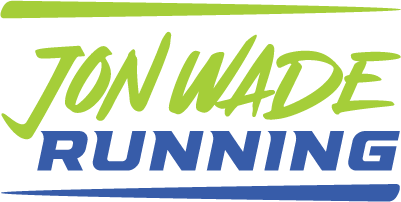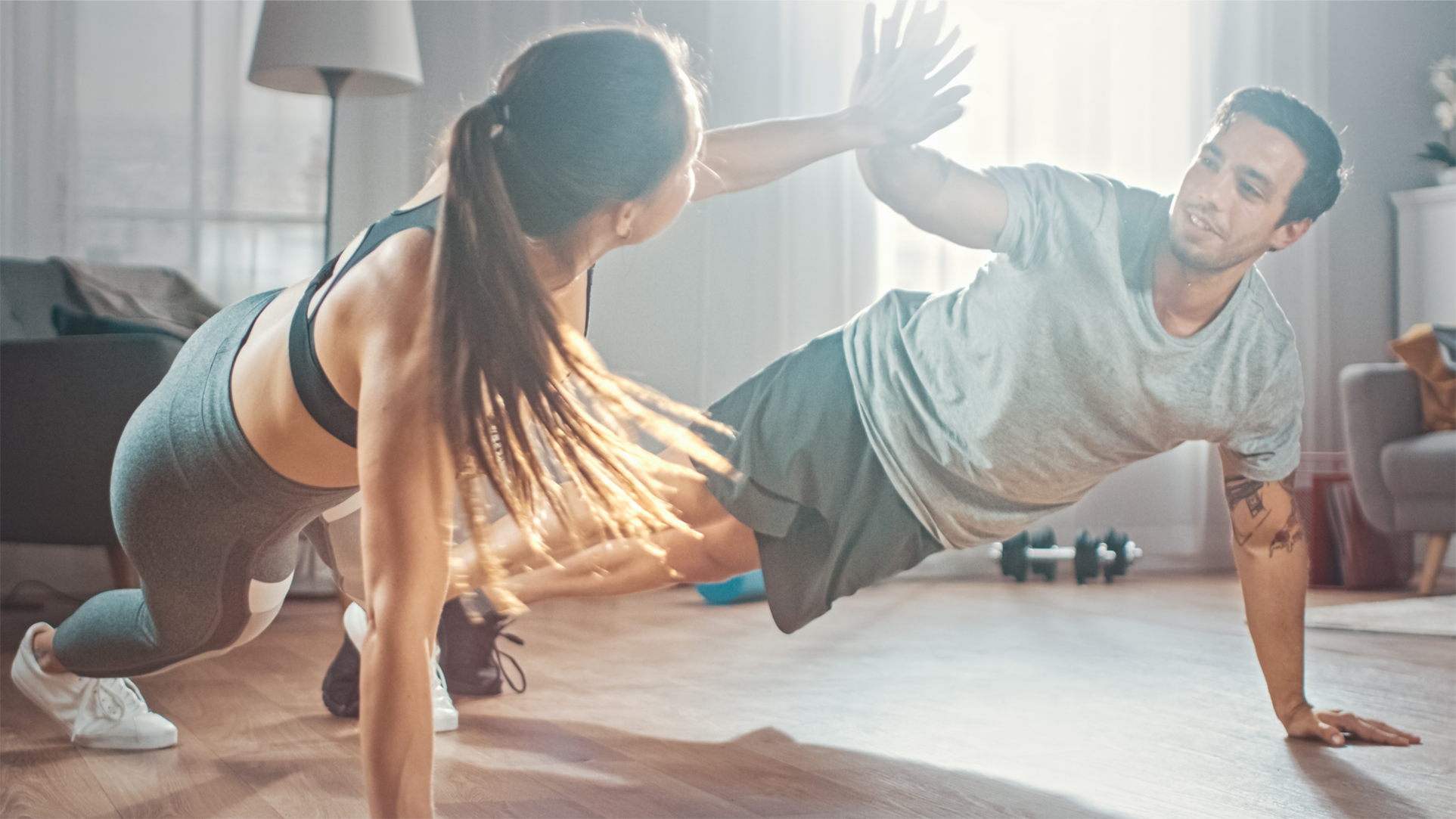Build a stronger, faster, and more injury-resistant body today. No gym required!
If you’re a runner, you may think the best way to get better is just to run more. And yes—miles matter. But if you’re not strength training, you’re leaving a lot of performance (and injury prevention) on the table.
Strength training helps runners:
- Improve running economy (move more efficiently)
- Build muscle to power up hills and sprint to the finish
- Prevent injuries by strengthening muscles, tendons, and joints
- Maintain good form when you’re tired during a race
The best part? You don’t need fancy equipment or a gym membership to see results.
Here are 5 simple but very powerful strength training exercises every runner should be doing.
1. Bodyweight Squats
Why runners need it: Builds strength in your quads, glutes, hamstrings, and core—your main running muscles.
How to do it:
- Stand with your feet shoulder-width apart.
- Lower your hips down and back like you’re sitting in a chair.
- Keep your chest tall and knees behind your toes.
- Go as low as you can comfortably, then return to standing.
- Start with 2-3 sets of 10-15 reps.
Coach’s Tip: Don’t rush. Go slow and controlled to really activate those glutes.
2. Glute Bridges
Why runners need it: Activates and strengthens the glutes, which often get lazy from sitting too much. Strong glutes help power your stride and protect your knees.
How to do it:
- Lie on your back with knees bent, feet flat on the floor.
- Press your feet into the ground and lift your hips toward the ceiling.
- Squeeze your glutes at the top, then lower back down.
- Start with 2-3 sets of 12-15 reps.
Coach’s Tip: Make sure the movement comes from your hips, not your lower back.
3. Plank (Front and Side)
Why runners need it: Core strength helps you maintain good posture and running form, especially when fatigue sets in.
How to do a front plank:
- Start in a forearm plank with elbows under your shoulders.
- Engage your abs and glutes so your body forms a straight line.
- Hold for 20-45 seconds to start.
How to do a side plank:
- Lie on your side and prop up on one forearm.
- Stack your feet and lift your hips off the ground.
- Hold 15-30 seconds per side.
Coach’s Tip: Focus on quality, not how long you can hold. Avoid sagging hips or arching your back.
4. Walking Lunges
Why runners need it: Lunges work each leg individually, which improves balance, strength, and stability, essential for running, which is a single-leg sport.
How to do it:
- Stand tall. Step forward with one leg and lower until both knees are about 90 degrees.
- Push off your back foot and step forward into the next lunge.
- Start with 8-10 lunges per leg.
Coach’s Tip: Keep your front knee stacked over your ankle and your chest upright. If you’re wobbly, go slow or hold onto a wall or chair.
5. Calf Raises
Why runners need it: Strong calves help absorb impact and improve push-off power. They’re key in preventing common running injuries like Achilles pain or shin splints.
How to do it:
- Stand with your feet hip-width apart near a wall or chair for balance.
- Slowly raise your heels off the ground, lifting onto the balls of your feet.
- Pause, then slowly lower back down.
- Start with 2-3 sets of 15-20 reps.
Coach’s Tip: Try doing these barefoot for added foot strength—but only if it feels good.
How to Add Strength to Your Running Routine
You don’t need to overhaul your schedule. Start by doing these exercises 2–3 times per week, either:
- After an easy run
- On a cross-training day
- As a quick standalone 15–20 minute routine
You don’t have to become a gym rat to see the benefits. Just a few simple strength exercises, done consistently, can help you run stronger, faster, and with less risk of injury.
Your legs power your run—but your whole body supports it.
Make strength training part of your running life. You’ll thank yourself on race day!
Need help building a full running and strength training plan?
As a certified running coach, I help runners train smarter and stay injury-free with plans that include strength, recovery, and pacing guidance.
Click here to learn more about personalized coaching options

